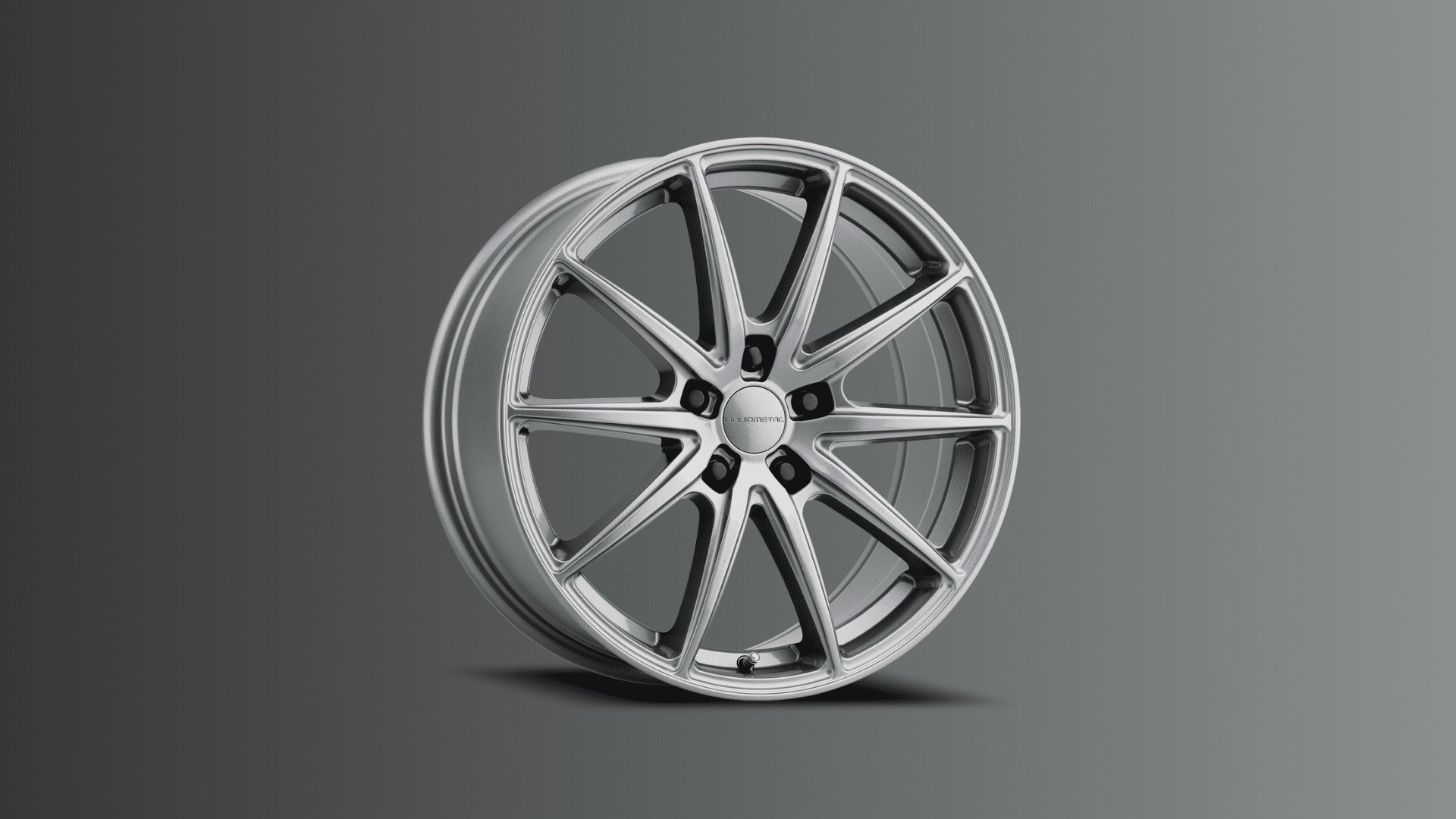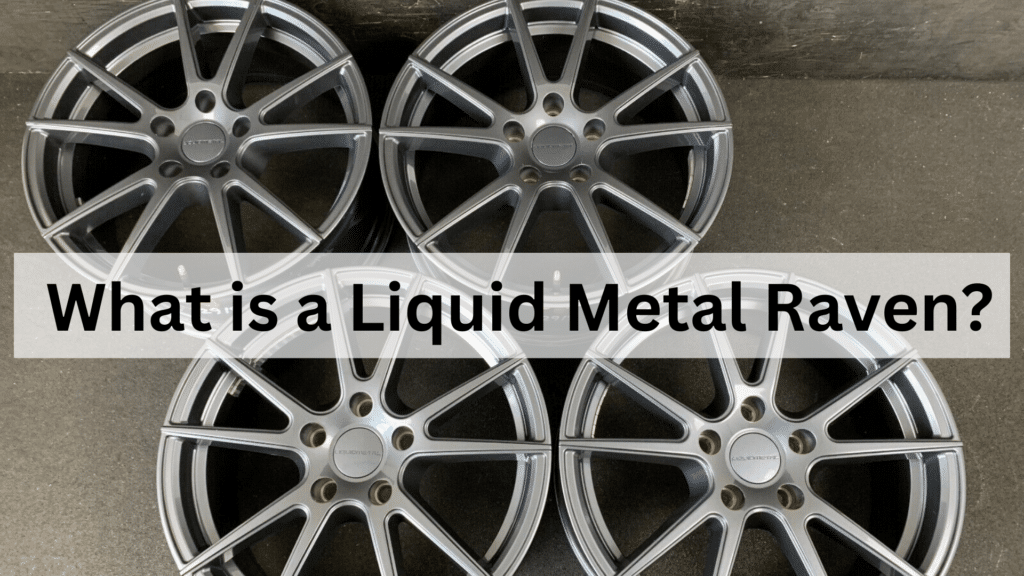Ever seen those sleek, metallic birds that look like they flew straight out of a sci-fi movie? That’s exactly what we’re diving into today. A liquid metal raven isn’t your average garden decoration – it’s a unique blend of art and engineering that’s catching everyone’s attention.
If you’re wondering whether these stunning pieces are worth the investment, you’re in the right place. I’ve spent months researching and talking to both artists and buyers to bring you the full story.
Maybe you’re thinking about getting one for your garden, or you’re just curious about how they’re made.
Either way, I’ll walk you through everything: what they’re made of, how they’re created, what to look for when buying one, and why they’ve become such a hot trend in modern outdoor decor.
No fancy jargon, just straight talk about these fascinating metal birds.
What Makes a Liquid Metal Raven Unique?

Let me tell you what stopped me in my tracks when I first saw one of these birds. It wasn’t just the shine – it was how the metal seemed to flow like water caught in time.
You know how regular garden statues just sit there? These ravens are different. The metal curves and bends in ways that make the bird look ready to take flight. Sometimes, I catch myself checking if it moved when I wasn’t looking.
Each raven tells its own story through:
- Smooth waves of metal that catch sunlight from every angle
- Feathers that look soft enough to touch, even though they’re solid metal
- A head turned just slightly as if listening for something
Here’s what really got me: no two ravens are exactly alike. The way the metal flows during creation means each bird has its own personality. That’s the magic of liquid metal – it creates something unique every time.
Think about your garden right now. Most decorations fade into the background after a while. But these ravens? They keep drawing your eye back, especially when the light hits them just right.
I’ve seen plastic ravens, stone ravens, and regular metal ravens. None of them come close to capturing movement the way these liquid metal ones do.
Exploring the Types of Liquid Metal Ravens
Let me break this down into something really interesting. After studying dozens of these pieces, I’ve discovered that liquid metal ravens come in styles you might not expect.
1. Classic Flow Ravens
are what most people think of first. They’re all about smooth, unbroken lines that make the metal look like it’s still moving. When sunlight hits them, you’ll swear the surface is rippling.
Then there are the Geometric Ravens. These are newer and pretty fascinating. The artists create them with sharp angles and defined planes, but still keep that liquid metal feel. It’s like looking at a bird through the crystal but made of flowing metal.
2. Hybrid Ravens
These clever pieces mix both styles. Imagine smooth, flowing wing feathers paired with a geometric head and tail. The contrast is striking.
Here’s something cool I learned: some artists are now making miniature versions. They’re perfect if you want that liquid metal look but don’t have space for a full-sized raven. Just remember – smaller doesn’t mean easier to make. These tiny ones take just as much skill to get right.
What really gets me is how each type catches light differently. The classic ones shimmer, the geometric ones flash, and the hybrids do both. It’s like having a different piece of art, depending on the time of day.
The Evolution of Liquid Metal Ravens
1. From Workshop Accident to Art Form
I’ve tracked this art form from its surprising beginnings, and let me tell you – it’s quite a journey.
It all started in a small Seattle workshop back in the early 2000s when a metalworker accidentally discovered this technique while experimenting with alloy temperatures.
2. Breaking Away from Traditional Metal Art
Remember those clunky metal garden ornaments from the ’90s? This is nothing like that.
The first liquid metal ravens were actually pretty rough – more like abstract blobs than birds. But artists kept pushing the boundaries.
3. The Digital Revolution
Here’s the fascinating part: digital design changed everything. Around 2015, artists started using 3D modeling to plan how the metal would flow before casting.
This led to the precise, stunning pieces we see today.
Moving Into Public Spaces
What really grabbed my attention was the shift in public spaces.
These ravens moved from private gardens to city parks and corporate buildings. They became more than art – they turned into landmarks.
Modern Innovations
Today’s artists are doing things the pioneers never imagined.
They’re mixing metals to create color variations, playing with scale in ways that bend physics, and some are even incorporating movement sensors that trigger subtle lighting changes.
The Accidental Legacy
Want to know what I find most incredible? This art form, which started by accident, has created its own category in modern sculpture.
It’s not bad for something that began with a workshop mishap.
Popular Vehicle Models for Liquid Metal Ravens
1. Daily Drivers
Hold onto your steering wheel – these aren’t just garden ornaments anymore. The trend of mounting liquid metal ravens on cars has taken the auto world by surprise.
I’ve seen them transform everyday vehicles into eye-catching masterpieces.
2. Luxury Cars
Ever seen a Mercedes with a liquid metal raven hood ornament? It’s becoming a thing. Premium car owners are replacing traditional emblems with custom-designed ravens. The contrast of flowing metal against polished paint is stunning.
3. Sports Cars
Here’s what really gets engines revving: performance car enthusiasts are commissioning special editions.
On a Corvette or Porsche, these ravens are smaller but incredibly detailed, often positioned on the rear quarter panel or hood.
4. Custom Builds
You know what’s really wild? The hot rod community has embraced these birds. I’ve watched custom car builders integrate liquid metal ravens into their designs. They’re using them as:
- Hood ornaments that seem to float
- Side panel accents that flow with the car’s lines
- Trunk medallions that catch every ray of light
5. Electric Vehicles
Tesla owners started this trend, believe it or not. The sleek, modern look of liquid metal ravens pairs perfectly with EV styling. Some artists are even creating special designs that complement the car’s aerodynamics.
6. Classic Restorations
What surprised me most? Vintage car enthusiasts are getting in on this. They’re adding these modern sculptures to restored classics, creating an amazing blend of old and new.
How Liquid Metal Ravens Stand Out on Modern Wheels
The First Impression
You can’t miss them. When was the last time you saw a hood ornament that made you do a double-take? These ravens catch the light differently than any other car accessory I’ve seen. They create this fluid illusion that makes your car look like it’s in motion, even when parked.
The Tech Integration
Here’s something cool: some artists are adding smart features. I’ve watched these ravens change color with the car’s temperature or pulse subtly with the music. It’s like having a piece of living art on your vehicle.
Aerodynamic Benefits
Let me tell you what surprised me most. These aren’t just for show. The latest designs actually work with your car’s aerodynamics.
The flowing metal forms help guide air over your vehicle, especially when mounted on the hood or side panels.
Custom Character
Each raven brings its own personality to your ride. I’ve seen how they transform vehicles:
- Sleek sedans become conversation starters
- Sports cars gain an extra edge of mystery
- Electric vehicles look even more futuristic
Practical Durability
Don’t let the liquid look fool you. These pieces are tough as nails. The special coating process means they handle everything from highway debris to car washes without losing their shine.
I’ve seen them survive years of daily driving without a scratch.
Weather Response
The most fascinating part? They look different in every kind of weather.
Sunlight makes them shimmer, rain makes them gleam, and even cloudy days bring out unique patterns in the metal.
Your car basically gets a new look with every change in weather.
Tips for Selecting a Liquid Metal Raven
1. Size Matters First
Let me share something I learned the hard way: measure twice, buy once. I’ve seen people rush into buying without considering scale.
Your raven should complement your space, not overwhelm it. A massive piece might look amazing in photos but could dominate your garden or vehicle in real life.
2. Check the Flow Pattern
Here’s a secret most sellers won’t tell you: look at the metal flow from multiple angles. The best pieces have consistent patterns that create different effects as you move around them. I always check for:
- Smooth transitions between surfaces
- No abrupt pattern breaks
- Even light reflection across the piece
3. Consider the Mounting System
Don’t skip this crucial step. The mounting system determines how well your raven stays put and how easily you can move it if needed.
Trust me, I’ve seen beautiful pieces ruined by poor mounting. Ask about:
- Weather resistance of the mount
- Installation requirements
- Adjustability options
4. Verify the Finish Protection
Here’s what took me months to figure out: the protective coating makes or breaks your investment. The best liquid metal ravens have multiple layers of protection that:
- Guard against UV damage
- Resist water spots
- Maintain the liquid appearance
5. Research the Artist
Want to know my biggest tip? Look into who’s making your raven. Established artists usually have:
- A portfolio you can review
- Customer testimonials
- Clear warranty terms
Documentation of their process
Common Mistakes When Choosing a Liquid Metal Raven
1. Following Trends Blindly
Let me tell you about my neighbor’s mistake. He rushed to buy the shiniest raven he could find just because it was trending.
Three months later? It clashed completely with his home’s style. Take your time to find a piece that matches your aesthetic, not just what’s popular on social media.
2. Ignoring Installation Requirements
Here’s a costly error I see often. People forget that these aren’t simple decorations you can just place anywhere. I’ve watched buyers struggle because they didn’t:
- Check weight limits for mounting surfaces
- Consider power needs for lighted versions
- Plan for proper drainage in outdoor settings
- Factor in professional installation costs
3. Skipping the Authentication
This one really bugs me. Some buyers jump at low prices without checking authenticity. Trust me, a real liquid metal raven comes with:
- Documentation of creation
- Artist signature or mark
- Unique identification number
- Material certification
4. Misunderstanding Maintenance
Here’s what catches most first-time buyers off guard: these pieces aren’t maintenance-free. I’ve seen beautiful ravens lose their luster because owners didn’t realize they needed:
- Regular gentle cleaning
- Periodic protective coating renewal
- Protection from harsh chemicals
- Seasonal inspection
5. Overlooking Size and Scale
Want to know the most common facepalm moment? Getting the size wrong. I’ve watched people order massive ravens for tiny spaces or tiny ones that get lost in large areas. Always:
- Measure your space carefully
- Create a paper template
- Consider viewing distance
Wrapping Up: The Future of Liquid Metal Ravens
Let me share what I’ve learned after diving deep into the world of liquid metal ravens. These aren’t just decorative pieces – they’re reshaping how we think about modern art and automotive customization.
From their accidental discovery in a Seattle workshop to becoming statement pieces on luxury vehicles, liquid metal ravens have carved out their own unique space in both the art and automotive worlds.
What really excites me is where this is heading. Artists are pushing boundaries, combining traditional metalwork with smart technology, and creating pieces that do more than just catch the eye.
Whether you’re looking to add one to your garden, transform your vehicle, or start collecting these remarkable pieces, understanding what makes them special is key to making the right choice.
Remember, a liquid metal raven is more than just a decoration – it’s an investment in a piece of evolving artistry. Choose wisely, consider the practical aspects I’ve shared, and you’ll end up with something that brings joy for years to come.
The liquid metal raven movement is still young, and I can’t wait to see what innovative designs and applications emerge next.
Do you want my final thoughts? We’re just at the beginning of what these stunning pieces can become.
Frequently Asked Questions
How much does a liquid metal raven typically cost?
Prices range from $500 for smaller pieces to $5,000+ for large custom designs. The cost depends on size, complexity, and the artist’s reputation. Most quality mid-sized pieces fall between $1,200 and $2,500.
Are liquid metal ravens weather-resistant?
Yes, but with proper care. They’re designed for outdoor use and treated with special protective coatings. However, I recommend regular maintenance and covering them during extreme weather conditions.
How long does installation take?
Professional installation usually takes 2-4 hours. DIY mounting can take longer, especially for vehicle installations. Always follow the mounting guidelines or hire a professional for complex setups.
Can I clean it myself?
Here’s what works best:
- Use soft microfiber cloths only
- Stick to approved cleaning solutions
- Clean monthly in normal conditions
- Avoid pressure washing
Do they require special maintenance?
Yes, but it’s manageable. You’ll need to:
- Reapply protective coating annually
- Check mounting points quarterly
- Clean regularly
- Inspect for damage after storms
How long do they last?
With proper care, these pieces can last 15+ years. The key is regular maintenance and protecting them from extreme conditions.
Can I get a custom design?
Absolutely! Most artists welcome custom commissions. Just remember:
- Custom pieces cost more
- Design process takes 4-8 weeks
- You’ll need to approve sketches
- Modifications after casting are limited
Are they easy to move once installed?
It depends on the mounting system. Most are designed to be semi-permanent but movable with proper tools. Always consult the installation guide before attempting to relocate your raven.
Do they work with all car models?
Most modern vehicles can accommodate them, but compatibility varies. Check with:
- Your car manufacturer
- The artist or seller
- Local automotive regulations
- Insurance provider
What if the finish gets damaged?
Minor damage can usually be repaired by certified artists. Severe damage might require returning the piece to the original artist or a specialist for restoration.


